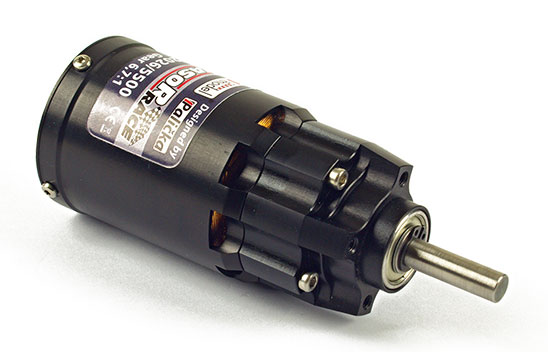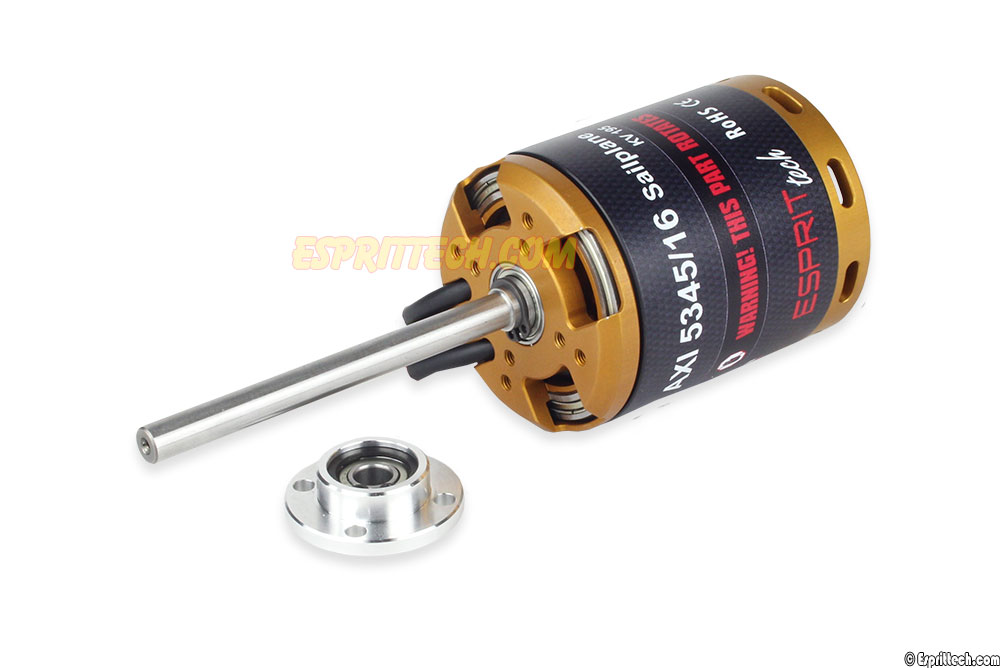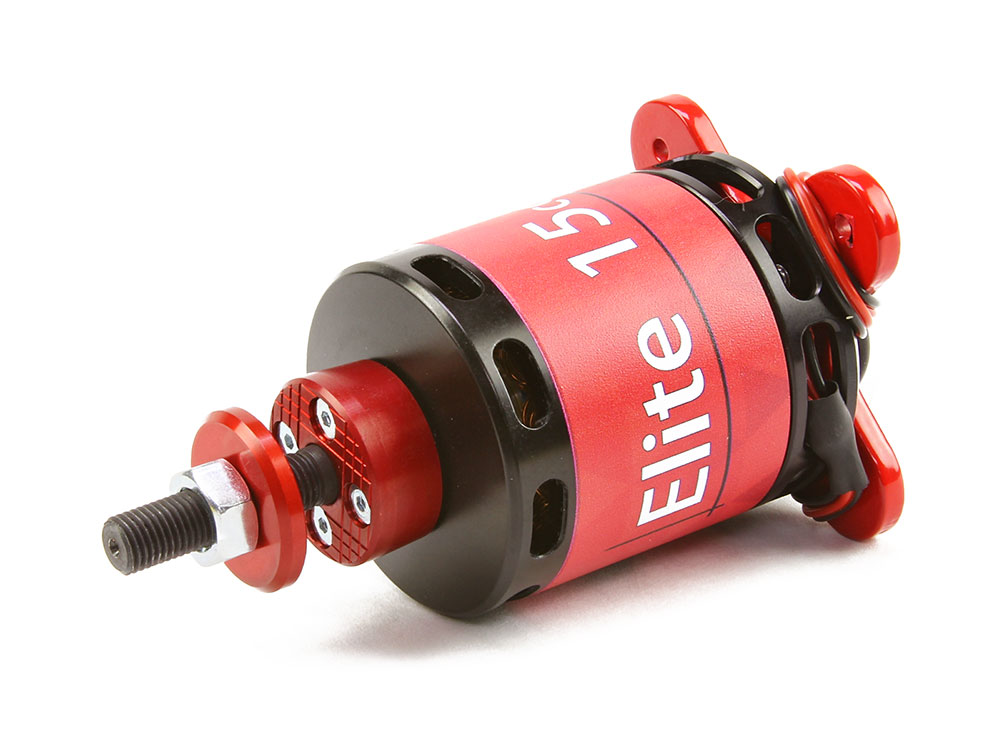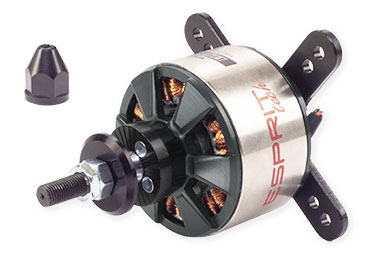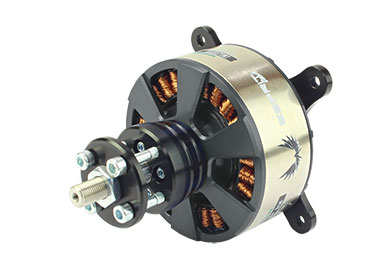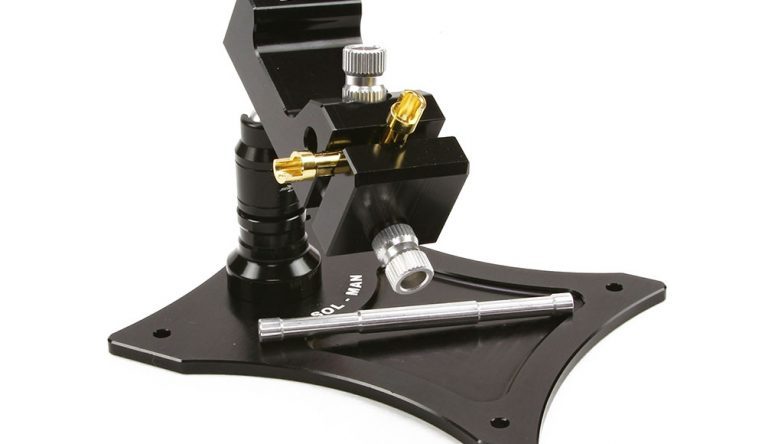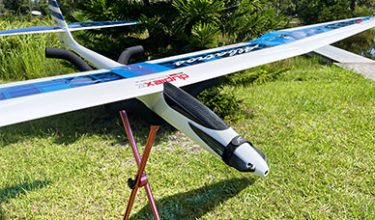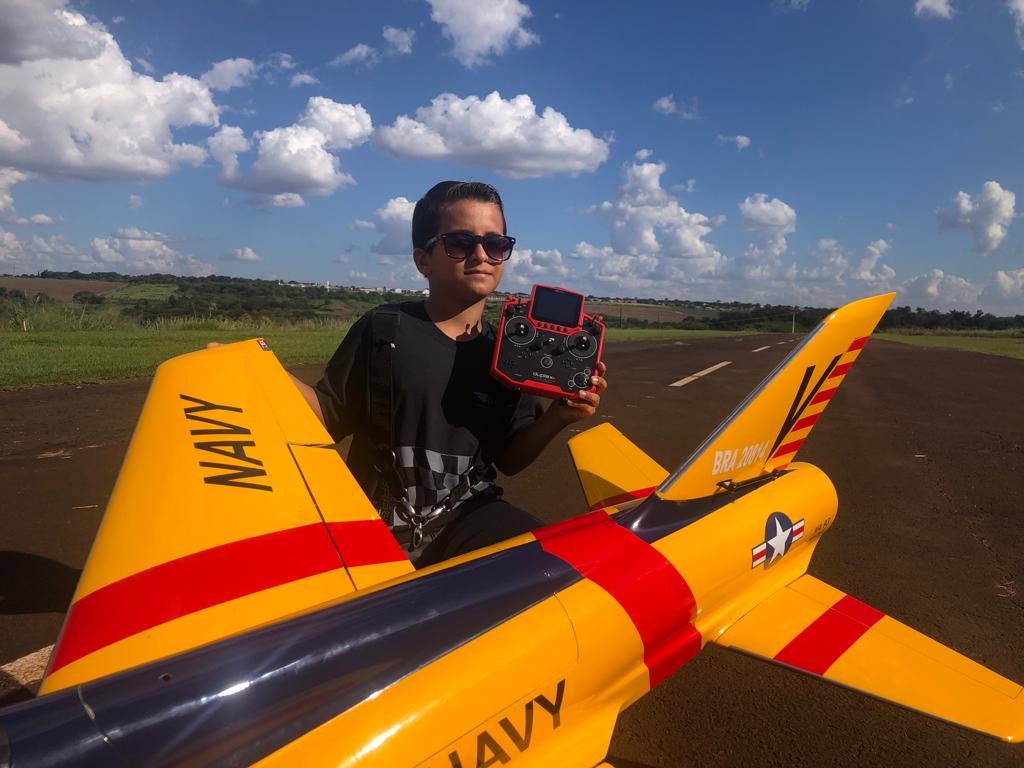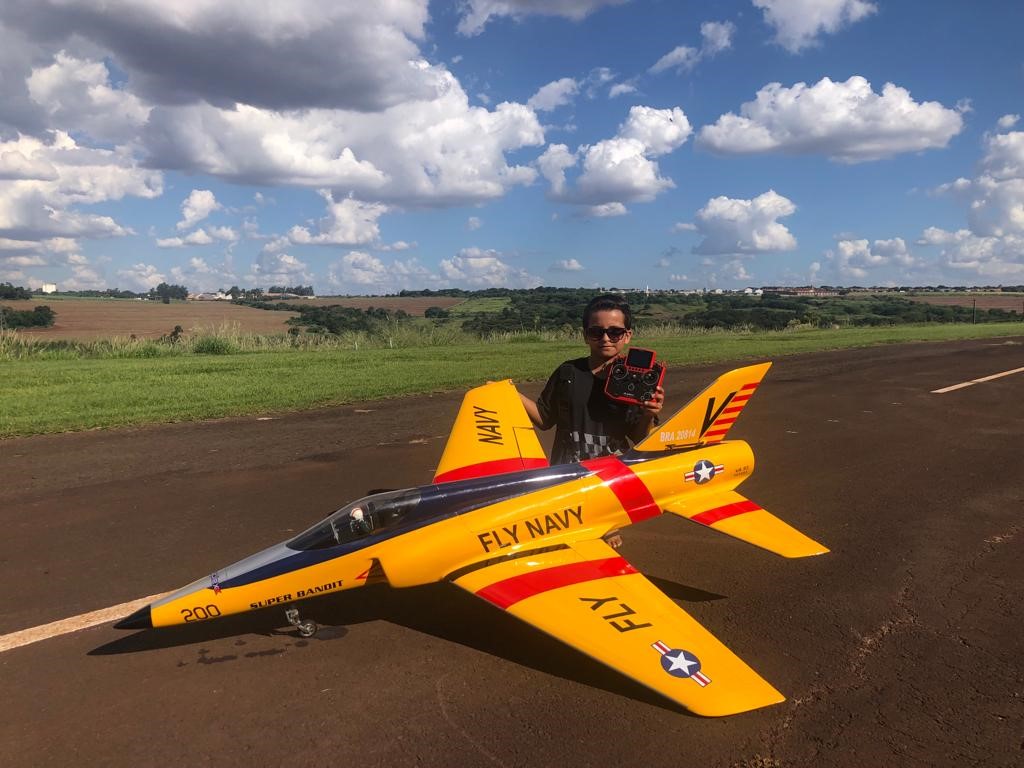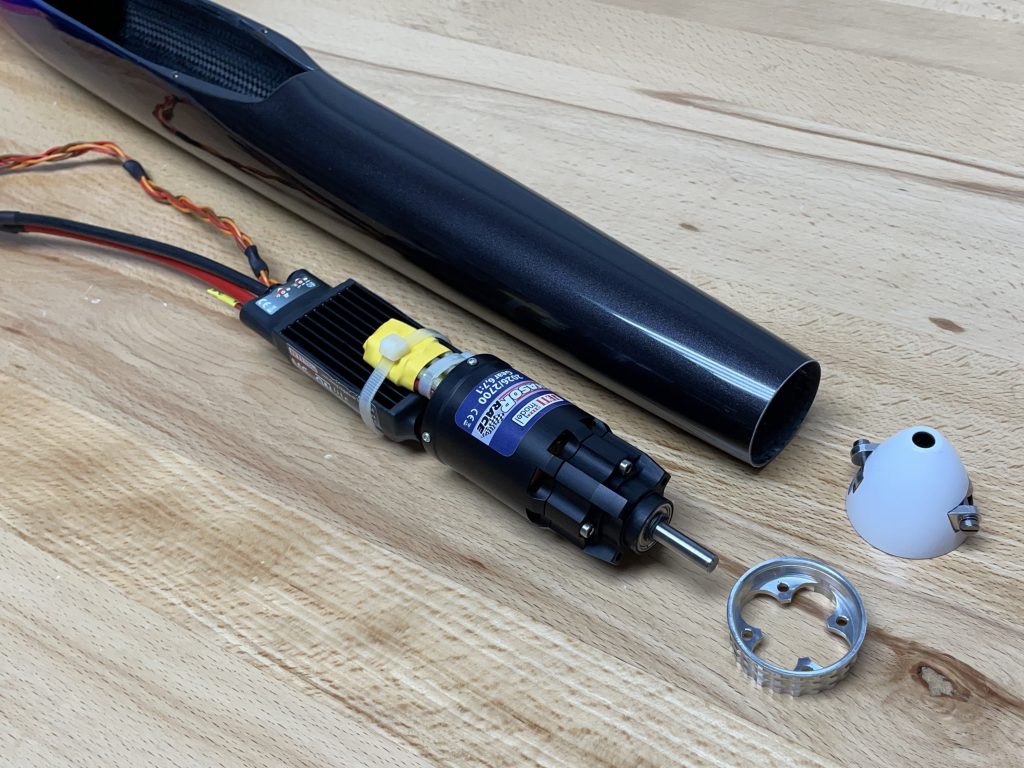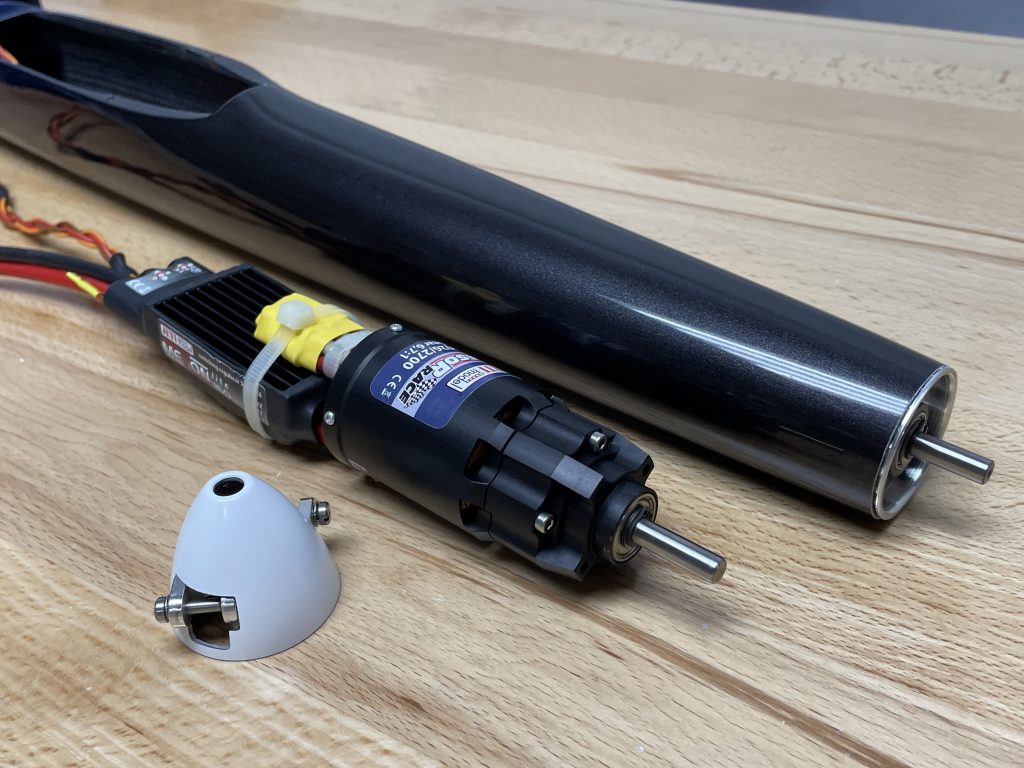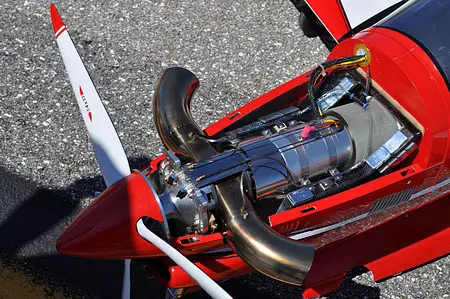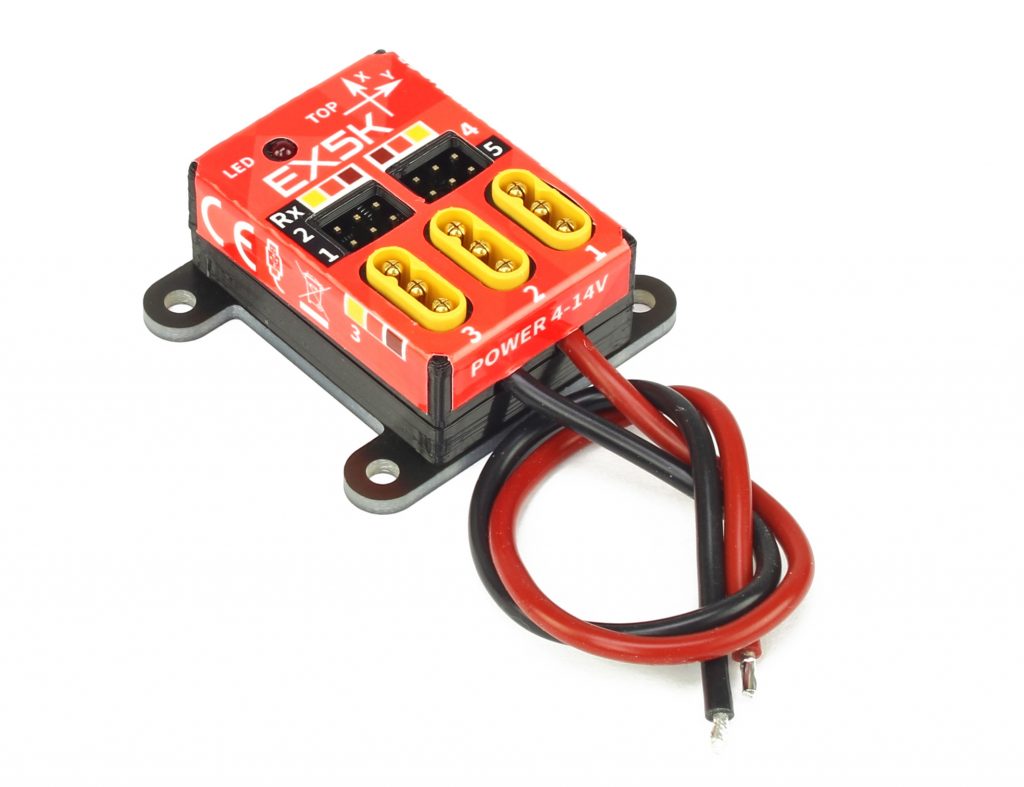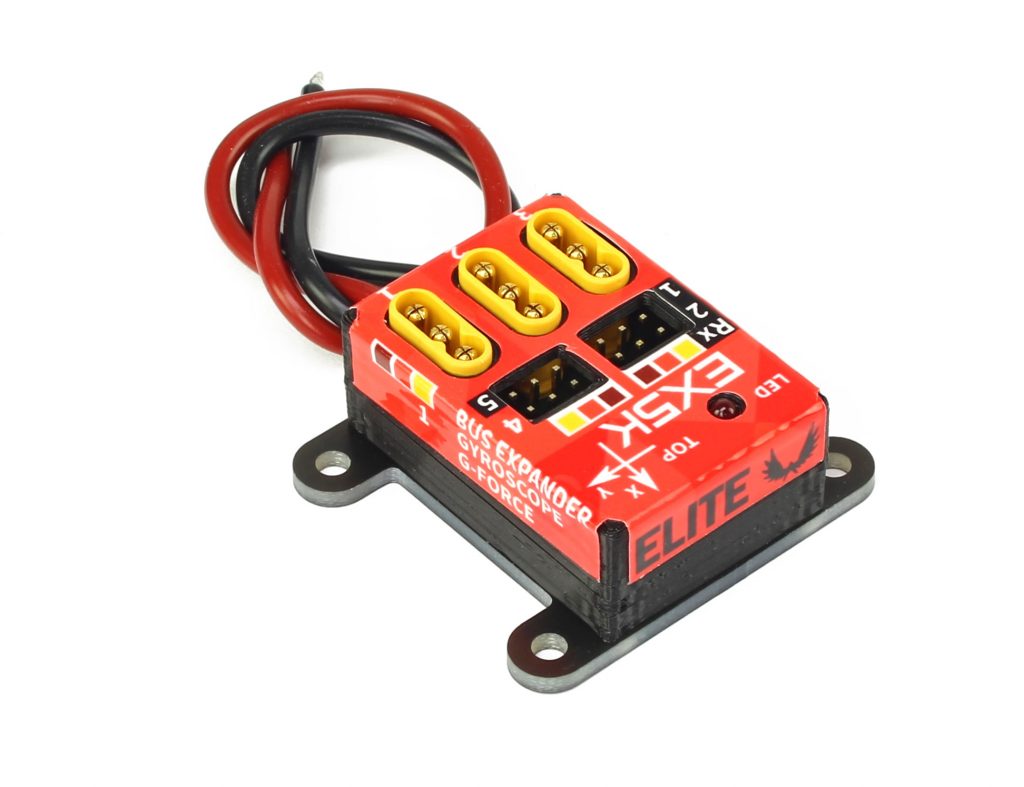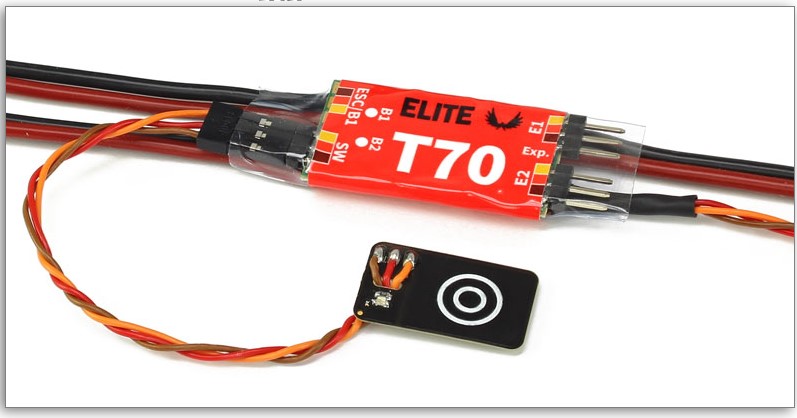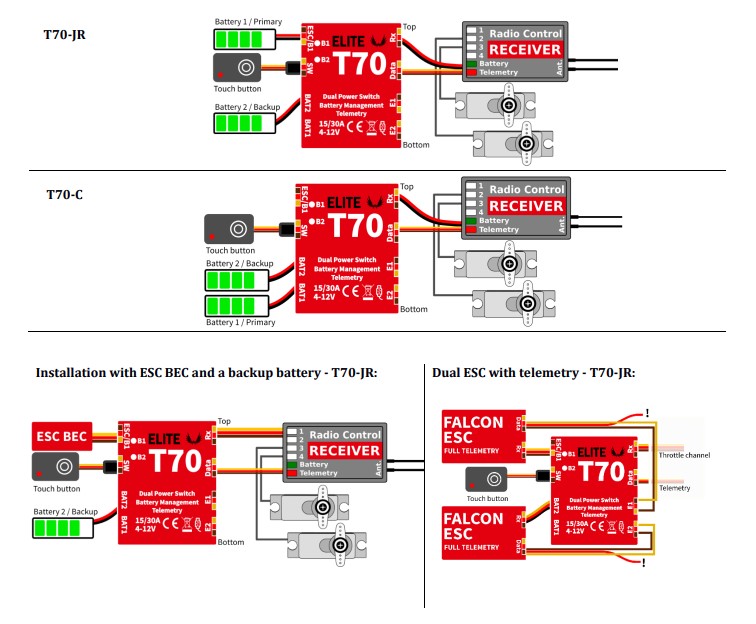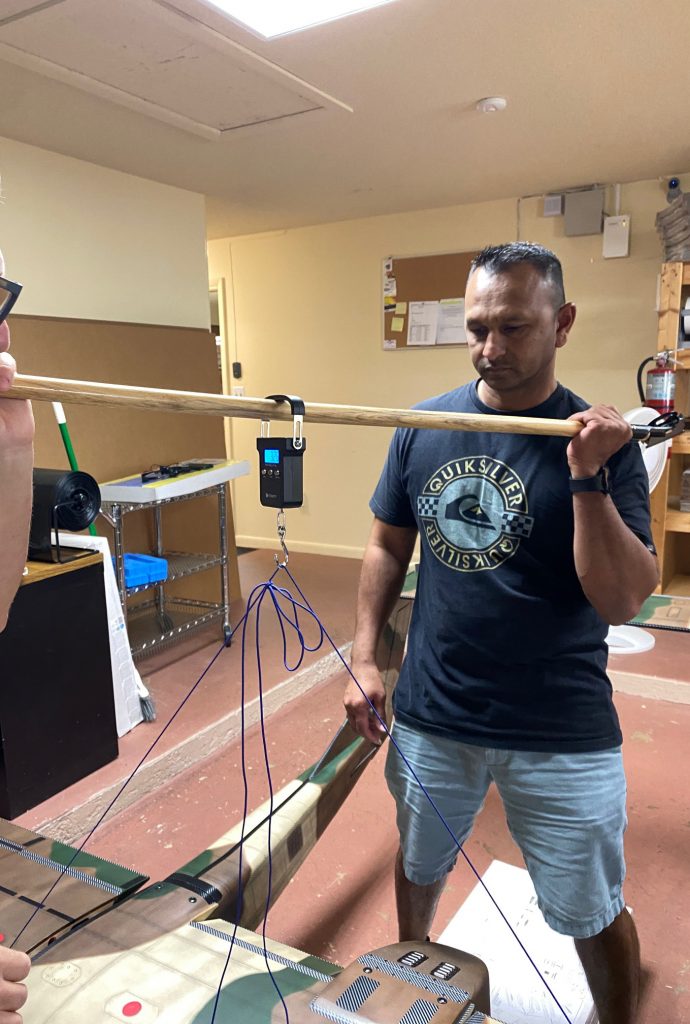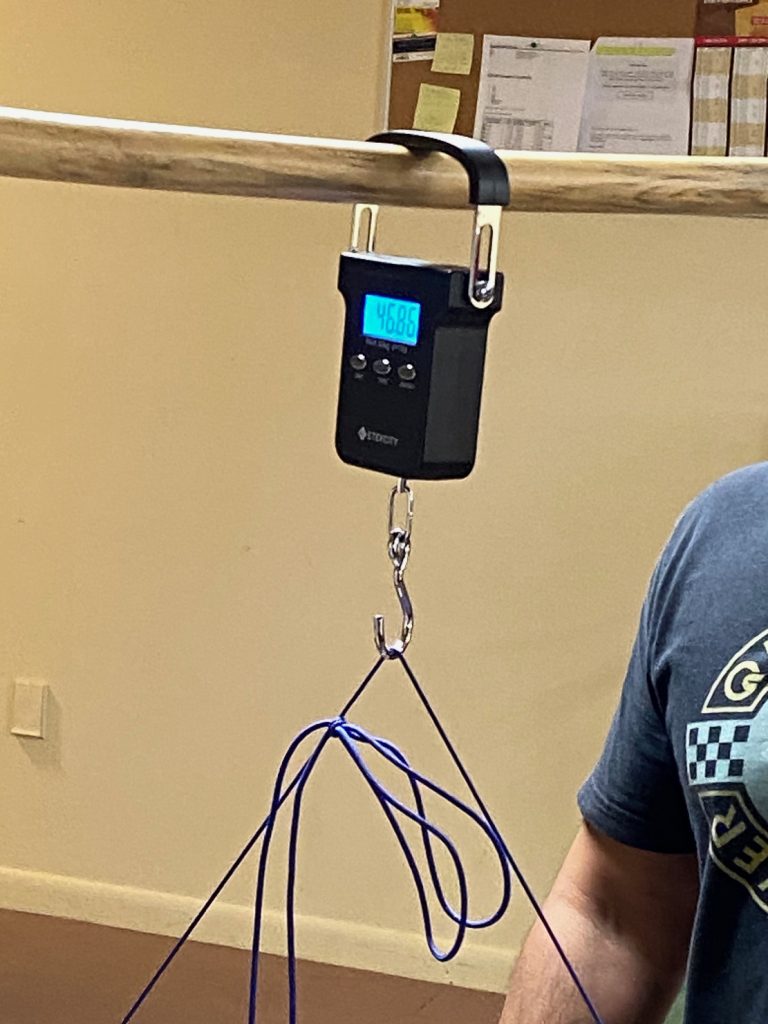Flight School: Electric Motors
A Breakdown of the Basics!
In the last Flight School, we discussed the different power set-ups for your RC airframe, but now, I want to dig into the electric side of things. In this segment I am going to discuss the different motors available and just what those little specs mean.
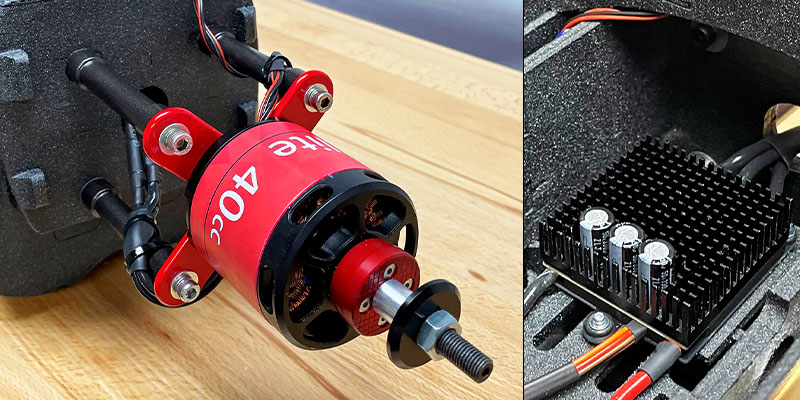
First, let’s take a look at the basics of electric motors. An electric motor converts energy from electricity into mechanical energy (Electrical4U, 2021), ultimately spinning your prop or rotor blade(s). When you break it down, you have windings, permanent magnets, a rotor, and a stator – which these parts can vary depending on the motor. For easy understanding, the stator is stationary and the rotor is what rotates. In some cases you may have a commutator (Lnelectric, 2020) and brushes (which I will touch on in a bit), but most motors used in our hobby today are brushless.
To get these parts to spin, we use the science of electromagnetism. By coiling wire around an iron rod (the windings) and running an electrical current (from a battery) through the wire, we can produce a magnetic field with both a north and a south pole. Then by using permanent magnets (and the help of an electronic speed control) we can use the science behind magnetic poles to push or pull the rotor – creating spin. When we change polarity of each pole on the stator, the rotor will spin.
If we are looking at brushed motors, there will be two graphite pieces, known as the brushes. The brushes send electric current to the commutator. The commutator is used to reverse the polarity of the poles which, as mentioned earlier, allows the rotor to spin. Remember though, this type of motor is no longer common in the sport.
Outrunner vs Inrunner: An inrunner motor has the rotor (the spinning part) inside the stator (the part that doesn’t move). An outrunner motor is opposite; it has the rotor on the outside of the stator. There are different applications for each type of motor. An inrunner tends to use epoxy or resin material (Wikipedia, 2022) instead of an iron rod to hold the windings. This reduces the “cogging” due a change in the magnetism inside the motor, leading to a more efficient motor. Inrunners are great for high KV (RPM) applications, but have much less torque.
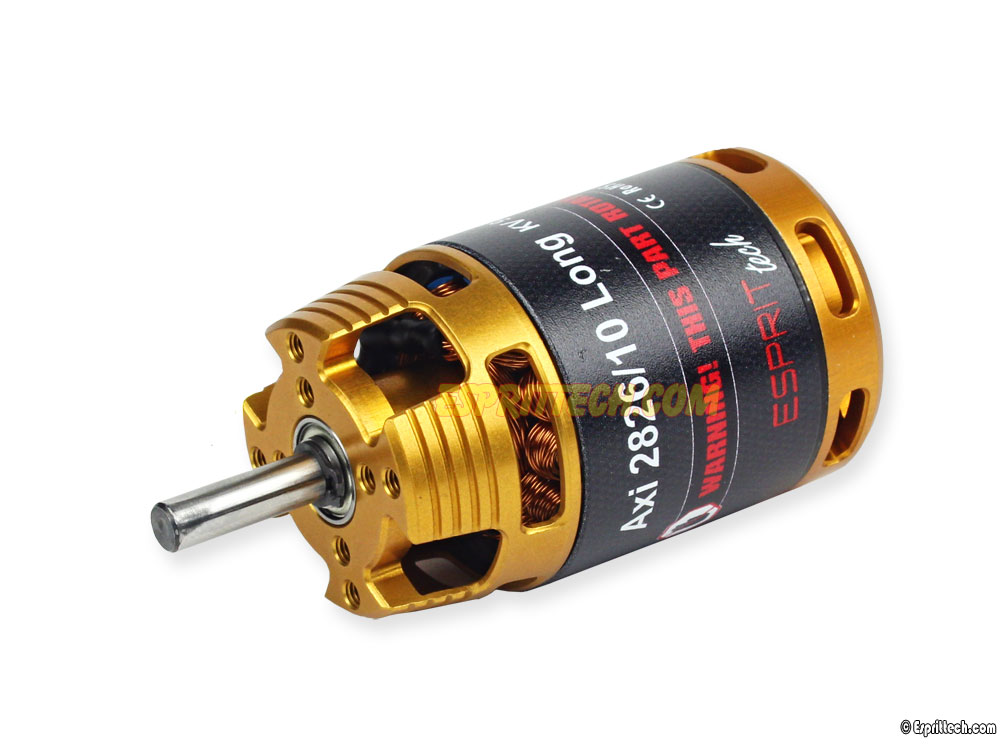

The Specs: When you look at a motor, there are a lot of specifications, and it can easily become overwhelming. I am going to explain some common bits of information that can help you.
KV – The Kv of an electric motor is simply the RPM (K) per volt (v) under no load – meaning that is it not spinning a prop or rotor blade. In a fully efficient motor, this would be how many times the motor turns for each volt applied (Brown, 2022)
Power is the amount of energy expended over a period of time. It is measured in Joules/Second (or Watts). So your maximum power rating on a motor is going to be the maximum amount of energy expended (or work done) over a period of time.
Electrical charge, or current, is measured in Coulomb/Second ( or Amps). This rating (maximum Amps) on the motor states the current demand of the motor at full load. The Io, or no load Amp draw, is the amount of current the motor draws when not spinning a prop or rotor blade.
Efficiency of a motor is the mechanical output of the motor divided by the electrical input. The more efficient the motor, the less energy is lost.
Electric Motors also have resistance measurements. Resistance is opposition to electrical current, and many factors can effect the resistance in a motor. Some of those factors can include; length of wire in windings, temperature of the wire, and what the wire is made out of (Copper or Aluminum) (Snell Groups, 2021). The resistance of a motor will play into how efficient the motor is and how much heat is produced.
The number of poles in a motor is the “number of permanent magnetic poles, north and south, on the rotor” (Celra Motion, 2023). A good example is a 12 pole motor. It will have 6 North and 6 South poles for a total of 12 poles. There are benefits to having a high pole count, such as reduced weight, higher frequency, and higher torque. However, if you are looking for higher RPM output, then a smaller number of poles is what to look for, as less magnetic poles will produce less cogging (Celra Motion, 2023).
Selecting the right motor: When selecting a motor, there are a few things to consider. First, what type of flying are you going to be doing. Sport/Leisure flying, Racing, 3D, Scale… etc, all come with different power requirements. The second thing to consider is the weight of your airplane. According to Hooked On RC Airplanes, we can safely estimate a need of 100 watts/pound for sport flying and 150-200 watts/pound for 3D style flying (Brown, 2022). A great way to check your power system (voltage, current draw, and power output) would be to invest in a watt meter. You can find them here. In addition, the prop you run can change the need of the motor (or vice versa). “The larger the propeller’s diameter and pitch, the more current the RC electric motor will draw for a given RPM” (Brown, 2022).
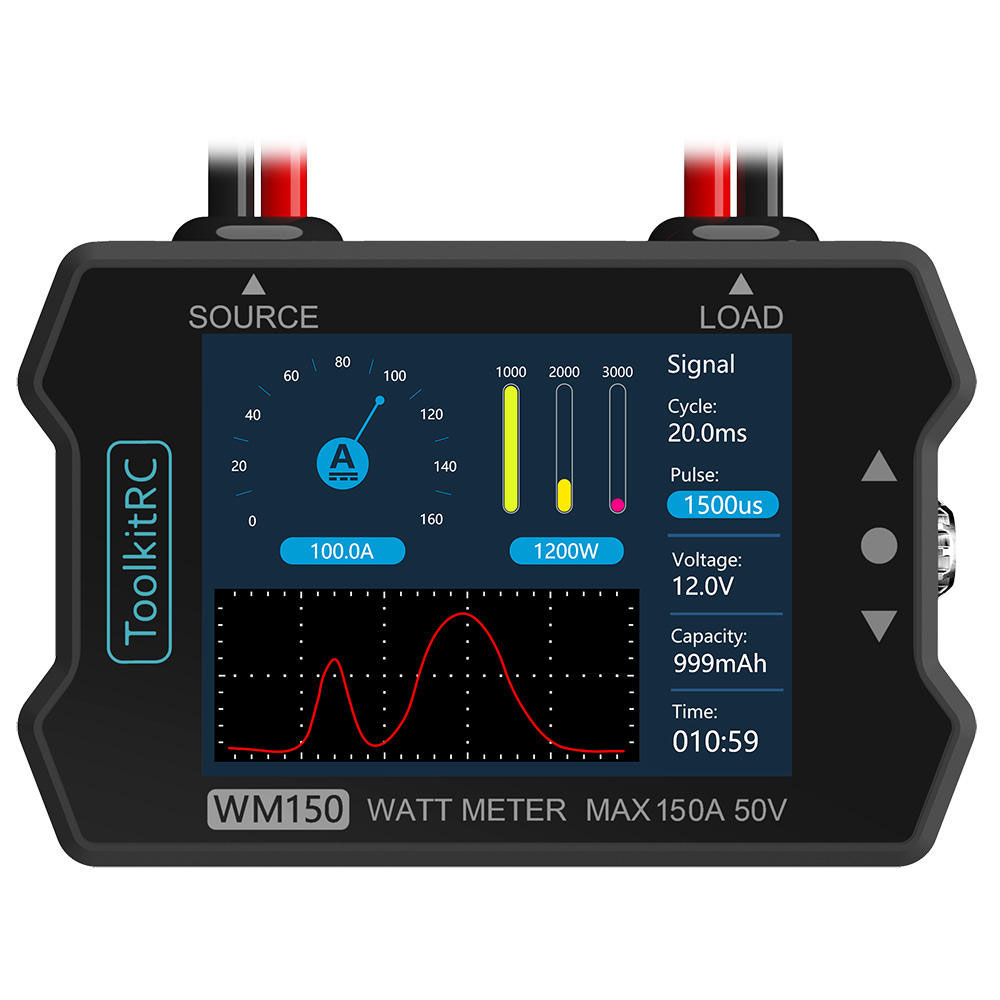
Whatever your needs are, there is bound to be a motor for you. Whether you are matching the power of an internal combustion engine (listed as equivalent “cc” designation), fitting inside a narrow fuselage (check out our sailplane motors), running a gear box, or choosing between an outrunner or an inrunner, we can help! Check out our line of motors and find what works for you.
